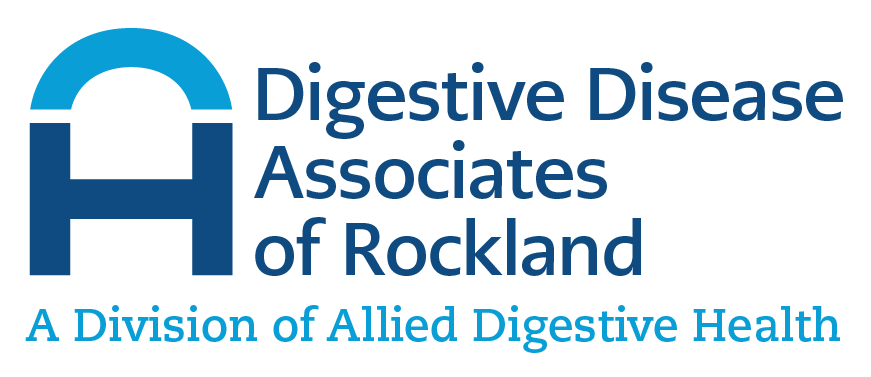What Is Pseudocyst Drainage?
If a patient has a diagnosis of pancreatitis, sometimes there are complications associated with the condition. One thing that can occur is the formation of pseudocysts. It is a cyst (sac of fluid) that forms on the pancreas in cases of both acute and chronic pancreatitis. Sometimes, the cysts are present, but the patient feels no symptoms. However, if a pseudocyst becomes large enough, it can affect a patient’s quality of life with symptoms such as abdominal pain. The procedure your gastroenterologist will use to eradicate a pseudocyst is called endoscopic pseudocyst drainage, which removes the fluid from the cyst to shrink it. The procedure is performed with an endoscopic device called endoscopic ultrasound (EUS).
Why Is Endoscopic Pseudocyst Drainage Performed?
When pancreatic cysts become too large, patients typically begin to experience noticeable symptoms, such as:
- Abdominal pain
- Nausea
- Vomiting
- Poor appetite
- Other changes in digestive habits
Because these symptoms interfere greatly with the quality of life, the cyst must be drained. Previously, pseudocysts were removed with general surgery to drain the cyst and connect it to the stomach or small intestine. However, endoscopic pseudocyst drainage is becoming more widely used, as it is a minimally invasive and can perform the same function as general surgery.
How Do I Prepare for Pseudocyst Drainage?
There is some preparation involved for the procedure. Generally, your physician will ask you to fast for eight to twelve hours before the procedure. Before your procedure, you will sit down with your gastroenterologist or physician and discuss your medical history and current medication list, including any over-the-counter medicines or supplements. Be especially sure to inform your physician of heart or lung conditions, diabetes, or allergies. Also, ensure you have a ride home from the procedure, as driving is prohibited for 24 hours afterward.
Your physician may restrict some of your prescription or over-the-counter and prescribed medications in order to have the endoscopic pseudocyst drainage performed. This is because some medications interact with anesthesia or affect blood clotting. Some prohibited medications include:
- Nonsteroidal anti-inflammatory drugs (NSAIDs), such as ibuprofen, aspirin, and naproxen
- Blood pressure medications
- Diabetes medications
- Blood thinners, such as warfarin
- Dietary supplements
Your doctor will give you specific instructions on when to stop and restart your medications and supplements.
How is Endoscopic Pseudocyst Drainage Performed?
In order for your provider to drain the cyst, you will have to have an endoscopy procedure performed. During this procedure, you are placed under sedation. Your gastroenterologist will insert a long, thin tube with a camera and an ultrasound light source attached into your mouth and through your GI tract in order to drain the pseudocyst. Sometimes doctors also use a local anesthetic in the mouth to avoid gagging or coughing during the procedure. Antibiotics are also administered to minimize the risk of infection.
Once the endoscope is inserted, the camera and ultrasound probe produces images of the intestinal lining, other organs, and the pancreas. Once the pseudocyst(s) are located, your physician will insert a needle into the stomach wall. The provider will extract some fluid from the cyst for testing. Next, a wire is inserted in through the needle. Once the needle is removed, plastic stents or one metal stent are inserted to connect the cyst to the stomach or small intestine. X-rays may be taken to monitor stent placement. Once the stent is positioned, the doctor removes the endoscope, and the procedure is complete. The pseudocyst will drain over time.
What Happens After Pseudocyst Drainage?
Immediately after the procedure, you are taken to a recovery room to be monitored as the anesthesia wears off. Patients may experience some side effects after the endoscopic pseudocyst drainage, such as bloating, nausea, fatigue, and a sore throat. These side effects should subside within a day or two. Unless you have other underlying medical issues, you can resume your regular diet immediately and regular activities typically 24 hours afterward, unless your doctor instructs you otherwise.
Several weeks after pseudocyst drainage, you will return for a CT scan of the abdomen. Your gastroenterologist will check the progress of the cyst drainage. If everything is proceeding well and the cyst is draining properly, you will return several weeks later to have the stent removed, which does require another endoscopy.
Are There Any Risks with Endoscopic Pseudocyst Drainage?
Endoscopic pseudocyst drainage carries very low risks, as it is a minimally invasive procedure. However, in rare cases, some complications can occur. Occasionally, a pseudocyst can become infected. Doctors try to prevent this by administering antibiotics during the procedure, but there is still a low risk of infection.
Bleeding or perforation of the digestive tract can occur in the cyst or the stomach. If you have heart and lung disease or are sensitive to sedatives or anesthesia, you may also experience side effects. If you experience any symptoms that are concerning, such as gastrointestinal bleeding or severe abdominal pain, let your doctor know immediately.

